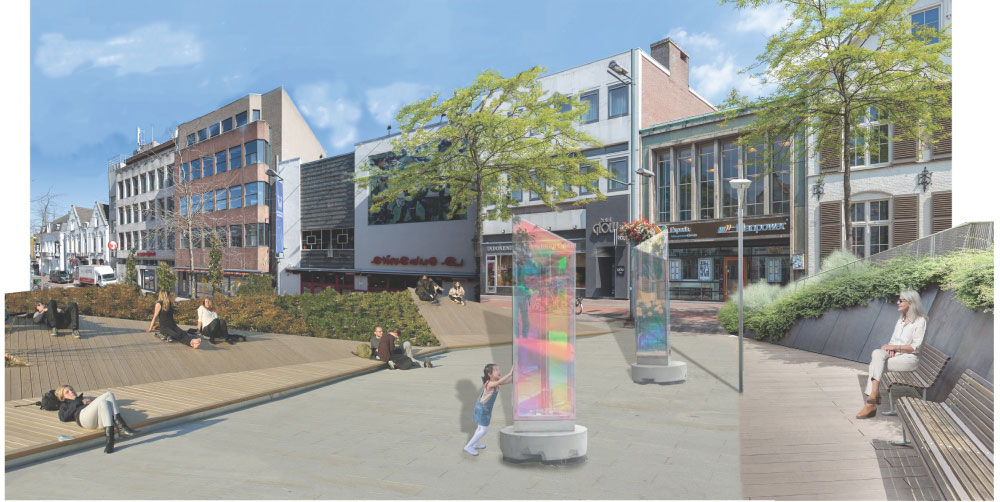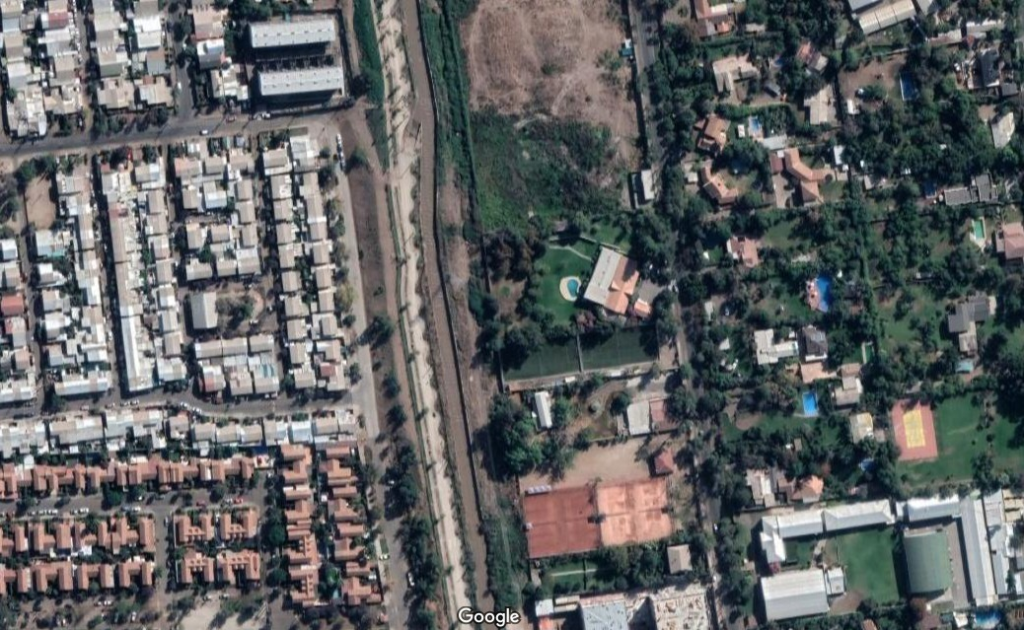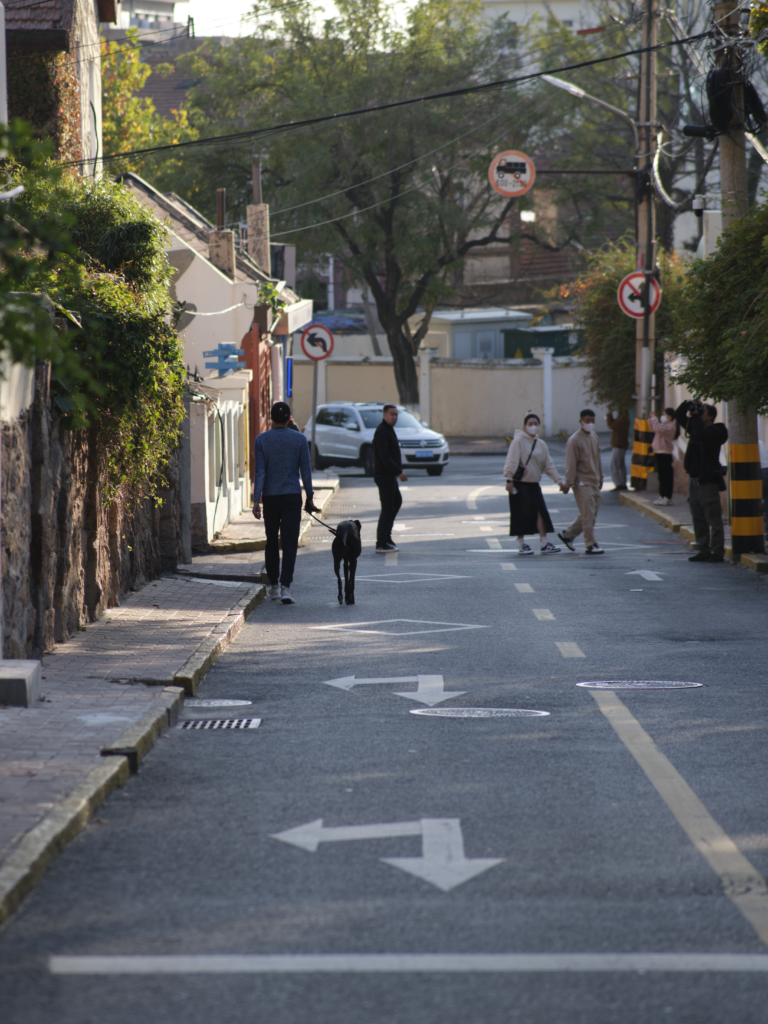City Know-hows

Urban greening interventions have been shown to increase the climate resilience of our cities and improve the health outcomes of residents. How can we use open data to target these interventions more effectively and maximise the benefits of increased greening?
Share
Target audience
Urban planners, urban and landscape designers, public health practitioners.
The problem
With the climate crisis ever worsening, cities are increasingly adopting green interventions to enhance their climate resilience capacity and improve the health and wellbeing of residents. Current strategies to target these interventions often rely on proximity-based measures to understand the accessibility of greenspace. However, with local conditions and vulnerability to climate-related health risks varying significantly within cities and populations, there is a need for a more nuanced and holistic approach to targeting urban greening interventions.
What we did and why
To tackle this issue, we utilise open data to construct a building-block level classification of vulnerability to rising urban temperatures and climate-related health risks. This classification combines socioeconomic, demographic, environmental, and built environment data to build a detailed picture of vulnerability at a granular scale to help local authorities and urban planners gain a better understanding of local risks, needs, and subsequently prioritise and target greening investment.
Our study’s contribution
Vulnerability to rising urban temperatures and the need for urban greening will differ throughout cities. This study enhances the body of knowledge by providing an approach for understanding this vulnerability at a granular scale, taking into account multiple influencing factors. These insights, based on the local characteristics and the social context of areas, can ensure that greening interventions are appropriate to address the unique needs of areas and populations.
Impacts for city policy and practice
The approach we adopted provides the granularity required to incorporate findings into decision making at an urban planning scale, allowing for better targeting and prioritisation, and subsequently leading to improved health outcomes for urban residents. As urban policy increasingly needs to consider complex factors including urban heat stress and health, the methods undertaken allow us to understand the interrelated factors that influence vulnerability and integrate these into planning and urban design decisions.
Further information
Full research article:
Using environmental, population and built environment data to understand climate-related health vulnerability in greening cities by Ffion Carney and Avgousta Stanitsa.
Related posts

Poorly designed neighbourhood outdoor spaces can harm citizens’ mental health, such as presenting them with information overload, crowding or low exposure to nature. Our research explored which design elements can support urban designers in designing neighbourhood outdoor spaces that can reduce stress and attention fatigue and improve the mental health of all citizens.

Residential segregation by socioeconomic status in Chilean cities is not well described by classical dimensions developed in USA in terms of race. We suggest that

Urban environments influence mental health and development of younger populations. This study explores associations between adolescent mental health indicators and design characteristics. Implications include recommendations for planners and urban designer to promote psychological well-being.